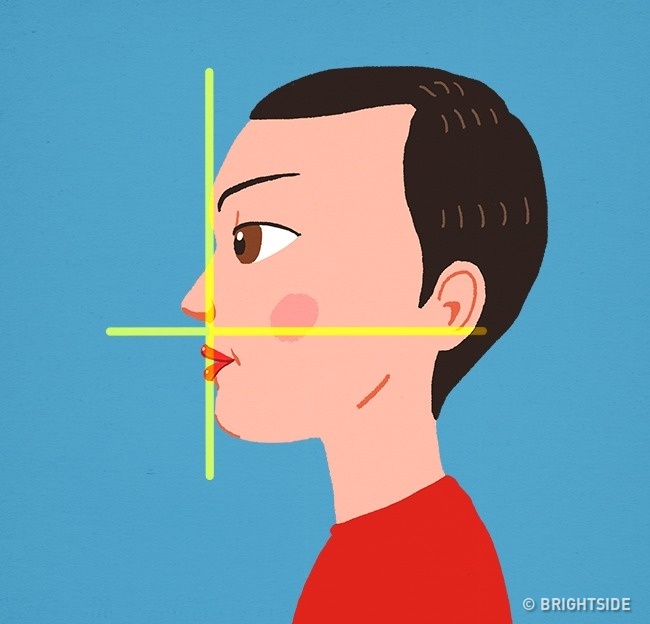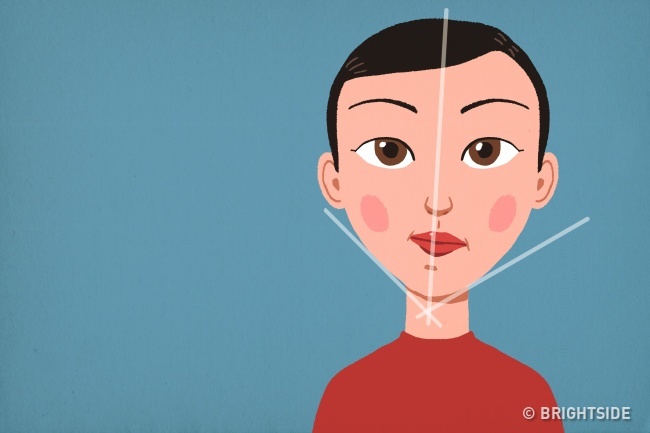The chin shape reveals many unexpected information about your childhood
According to research recently published in the journal Human Biology: The shape of the chin can tell you a lot about your childhood.
- What taste does the nose taste, is it good for health?
- Health warning behind the "wink" that everyone thinks is premonition
Scientists have studied and drawn conclusions based on the symmetry on the faces of more than 6,600 teenagers, aged 12-17.
Let's explore to see how your childhood affected your chin and jaw shape!
Chin protruding

People with lower jaws protruding are those with strong muscles and a skeleton but they are also fat.
Chin recessed

In contrast, an indented chin indicates you have a weakly developed muscle, flexible bones. These people are very fat and tend to be color blind.
Balanced flat chin

Flat chin is a completely inherited trait, not affected by external or environmental factors.
Asymmetric function

The cause of the imbalance of the jaw is due to physical stress during childhood rather than congenital. It is possible that nutritional conditions or quality of medical care for you as a child are not good, such as early weaning, protein deficiency, the effects of heavy metals, obesity, and tobacco.
According to research results, 1 out of 4 people will have a symmetrical chin. Both protruding chin and recessed chin can be asymmetrical. This asymmetry is very small, only orthodontic doctors can observe with the naked eye.
However, you still have to test yourself if your jaw structure is asymmetrical in many ways. If you have one or more of the following signs, you probably have an asymmetric function structure:
- You often chew one side more than the other when eating.
- In some teeth, tartar appears more.
- Occasionally, you have root bleeding.
You should read it
- Remember these 10 tips, they will 'save you' someday
- Discover the difference between symmetric and asymmetric encryption
- Interesting facts about deflection sure you haven't heard before
- Using the wrong smartphone can cause your skull to 'tail'
- Discovered a new species of shark with human-like teeth
- Flash CS4: use Shape Hint
 What will happen if you stop smoking now?
What will happen if you stop smoking now? Bad habits in life cause serious kidney damage
Bad habits in life cause serious kidney damage 9 simple ways to have a beautiful posture
9 simple ways to have a beautiful posture Virtual reality effectively reduces pain twice compared to morphine
Virtual reality effectively reduces pain twice compared to morphine What does the foot reveal about your health?
What does the foot reveal about your health? Good fruits and vegetables for men, encouraged by experts
Good fruits and vegetables for men, encouraged by experts